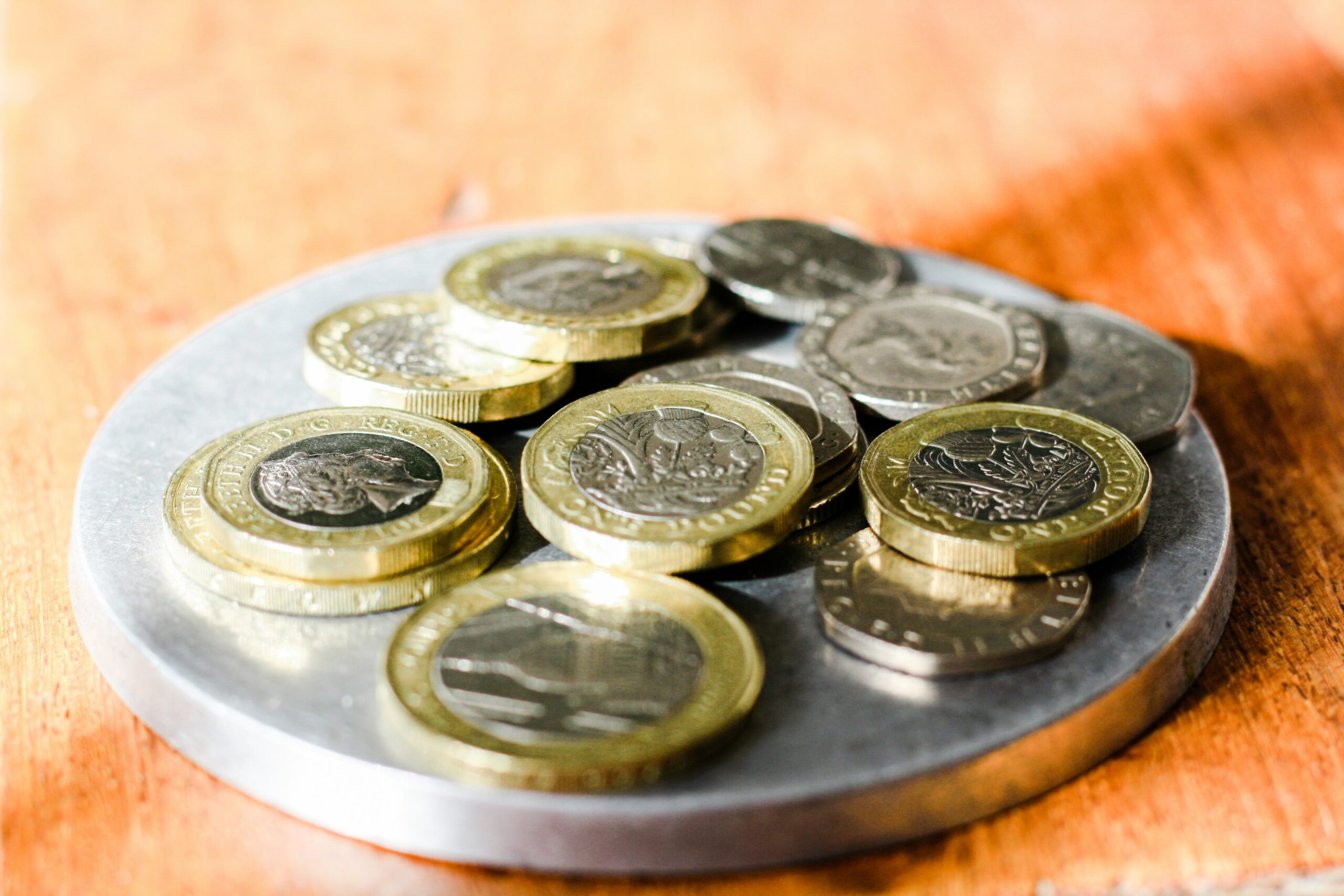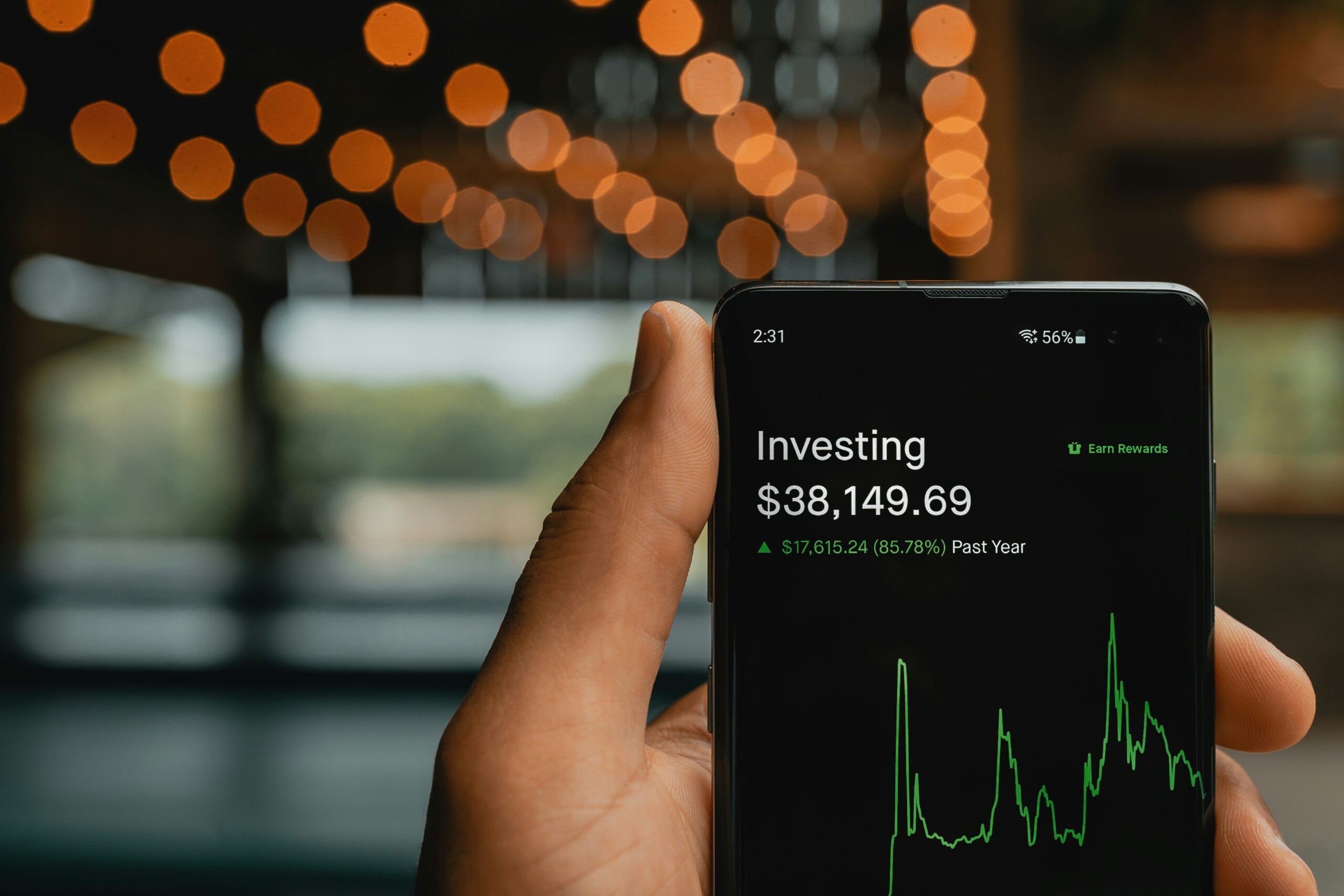
Let’s be honest: if you’re trying to work out how much interest or investment return you’ll earn from your ISA, you probably don’t really want to do it all manually. There are loads of online ISA calculators including our ISA Interest Calculator that do the job in seconds. But if you’re determined to crunch the numbers yourself, fair play. Here’s how you can calculate your ISA the old-fashioned way.
We’ll break it down by ISA type so you can find the bit you care about:
- Cash ISAs
- Stocks & Shares ISAs
- Lifetime ISAs (LISAs)
- Junior ISAs
- Innovative Finance ISAs (IFISAs)
You might want a cuppa. This could get a bit numbery.
How to Calculate Your Cash ISA

This is the easiest one. A Cash ISA is basically a savings account where your interest isn’t taxed. Nice and simple. You either get a fixed interest rate or a variable one. The fixed one’s easy to calculate, the variable one… not so much.
Basic formula for simple interest (no compounding):
Interest = Deposit × Rate × Time (in years)
So if you stick £5,000 in a Cash ISA at 3% interest for 1 year:
5000 × 0.03 × 1 = £150
You’ve earned £150 in interest.
But most ISAs use compound interest, which is where things get a little spicier.
For compound interest:
Final Amount = Deposit × (1 + Rate / n)^(n × Time)
Where:
- Rate = annual interest rate (e.g. 3% = 0.03)
- n = number of times interest is paid per year (monthly = 12)
Example: If you put £5,000 in at 3% interest, paid monthly, for 2 years:
5000 × (1 + 0.03/12)^(12×2) = £5306.57
So you’d earn about £306.57 interest.
And if that sounds like a faff to calculate repeatedly… yeah, that’s why we built the calculator.
How to Calculate Your Stocks & Shares ISA

This one’s trickier. Stocks and Shares ISAs aren’t savings accounts—they’re investment wrappers. That means the value can go up and down, depending on how your funds, ETFs, or shares perform.
You don’t get a fixed rate, so you have to estimate based on an average annual return.
Here’s a rough formula:
Future Value = Investment × (1 + return rate)^years
Let’s say you invest £10,000 in a fund you expect to return 6% annually for 5 years:
10000 × (1.06)^5 = £13382.26
So you could end up with just over £13,382—assuming no fees, no withdrawals, and steady growth. Spoiler: markets don’t behave that neatly.
If you’re making monthly contributions, this gets even messier. You’d need to do the calculation for each monthly deposit and its own compounding time. And again, that’s why calculators exist.
How to Calculate Your Lifetime ISA (LISA)

LISAs are brilliant if you’re buying your first home or saving for retirement. You can contribute up to £4,000 a year, and the government tops you up with a 25% bonus—so an extra £1,000 per year. Lovely stuff.
If it’s a Cash LISA, you’ll want to:
- Add your deposit
- Add 25% bonus
- Calculate compound interest on the total
Example: Put in £4,000 for 1 year at 3% interest:
- Total deposit with bonus: £5,000
- Final value: £5,000 × 1.03 = £5150
If you do this for 5 years, each with bonus and compounding, you’ll need to calculate each year’s deposit separately with its own compounding duration. (It gets long.)
For a Stocks and Shares LISA, it’s the same as above but replace the fixed interest rate with your estimated return rate (e.g. 5%, 7%).
How to Calculate Your Junior ISA

Junior ISAs are set up by parents or guardians, but the money belongs to the child. The allowance is currently £9,000 per tax year.
If it’s a Cash Junior ISA, use the same interest formula from above. If it’s a Stocks & Shares Junior ISA, use the same investment estimation method. Just remember: the child gets access at age 18, so you could have a long compounding period.
Example: Contribute £1,000 per year for 10 years at 3%: Each year is compounded separately. Again, it’s a lot to track manually, and it’s easy to miss something.
How to Calculate an Innovative Finance ISA (IFISA)

IFISAs let you invest in peer-to-peer loans or property lending platforms. They tend to quote a return like 5% or 6%, but there’s more risk, and those returns aren’t guaranteed.
You can use the same compound formula as a Cash ISA, but remember that defaults can eat into your returns. Some years might be lower, or even negative.
Example: Invest £5,000 at 6%:
5000 x 1.06 = £5300 (after 1 year)
But if one of your borrowers doesn’t pay up, you might end up with less than that.
What About Ongoing Contributions?
If you’re drip-feeding money into your ISA every month, you’ll need to do separate calculations for each deposit.
Say you deposit £500 a month for a year into a Cash ISA at 4% annual interest. You can’t just do 500 × 12 × 0.04—each month’s deposit compounds for a different amount of time.
You’d need to calculate the return on:
- Month 1’s deposit for 12 months
- Month 2’s deposit for 11 months
- Month 3’s for 10 months
- And so on…
This is where even spreadsheet nerds start to look for a calculator.
So… Should You Calculate Your ISA Manually?
If you’re doing it out of curiosity or just want to double-check what your provider tells you, it’s worth learning how the numbers work. But for proper planning, especially with multiple deposits or varying returns, you’ll want a proper calculator.
At ISA Interest Calculator, we built a free tool that helps you:
- Estimate your ISA returns accurately
- Handle monthly contributions or one-offs
- Model Stocks & Shares ISA performance
- Track your LISA bonuses
- Export your results for safekeeping
You get instant projections without needing to memorise formulas or dust off a calculator.
Final Thoughts
ISAs are brilliant tools for tax-free saving and investing. And yes, you can work out the maths yourself—but it can get messy fast. The good news is that once you understand the basics, you’re in a better position to plan.
Whether you’re saving a little each month or investing the full allowance, understanding how your ISA grows is powerful. But don’t feel like you need to do it all in your head. That’s what we built the calculator for.
As a UK saver & investor for over 10 years and avid ISA user; James decided to build ISA Interest Calculator to help everyday British savers with calculating potential ISA returns. Having worked for a large FTSE100 company building financial AI tools for over 5 years, he brought his expertise to personal finance and quickly launched several highly-respected and successful finance & investing sites for UK savers and investors.
